Daniel Pelton, a Calgary-based saxophonist and composer, has created something remarkable with his Violins of Hope project. Using instruments once owned by Holocaust victims and survivors, Pelton's work transforms numerical tattoos from concentration camp prisoners into musical progressions that honor their humanity. The project was released on January 27, 2025, the eightieth anniversary of the Auschwitz liberation, and showcases Pelton's approach of combining classical structures with jazz improvisation.
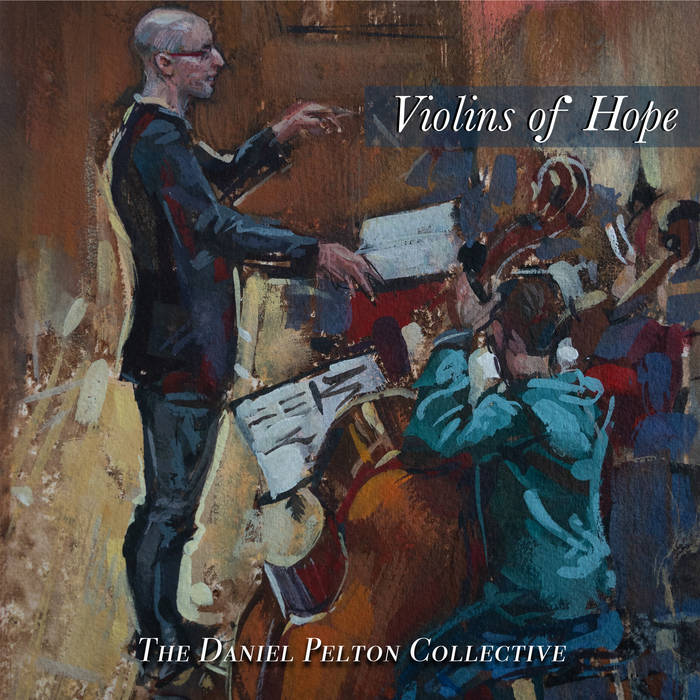
The interview reveals Pelton's emerging connection to his Jewish heritage, which led to a musical exploration of identity and remembrance. Through this conversation, we gain insight into how historical instruments can become powerful vessels for storytelling, keeping vital memories alive through music.
Uncertain Histories
Lawrence Peryer: What sparked you to undertake the Violins of Hope project?
Daniel Pelton: The Violins of Hope instrument collection is a touring collection of instruments that once belonged to victims of the Holocaust, victims of World War II, most of them Jewish, but some instruments with uncertain histories that were just found in the rubble of camps.
I was unaware of that collection of instruments when they came to Calgary to our National Music Centre, which is part music museum, recording studio, and performance venue. They announced a recording residency where you could apply with a project, and then a panel would review it. If your project was approved, you got a week in the studio with these instruments. This all happened in the spring of 2024. My idea for the project came about five years earlier, winter of 2019 going into 2020—pre-COVID, pre-everything—and I had just graduated from university.
I had gone through my first cataclysmic post-college breakup. I had been dramatically dumped and was going into my first Albertan winter alone, leaning into the melancholy and the gratuitous sadness of it all. I was like, what's a poor Jewish boy to do in these lonesome days other than reading Holocaust books?
And so I read The Tattooist of Auschwitz by Heather Morris, which tells the true story of Lale Sokolov and Gita Furman, who met in Auschwitz as inmates and then fell in love and managed to survive and get married afterward. Now, the bones of that story are true—those are real people, and they did do that.
The novel itself has come under some scrutiny from the Auschwitz Memorial for inaccuracies of various kinds. So that's its own kind of kettle of fish, but the story of the people is true. I was very moved by this story when I read it, especially given my romantic issues at the time. I had the two simultaneous thoughts of "Wow, I'm really lucky to have the problems that I have, because boy, are these better problems to have," while also being like, "Wow, how did this guy get a girlfriend in like the worst time and place for him to be alive ever? This is ridiculous."
I finished the novel late in the evening and had all these feelings. It was also the first time I had them as an adult—because I wasn't raised very Jewish, we'll say. My mom is Jewish, and she was raised Jewish by her family, but I had never gone to synagogue. Growing up, we did a little Hanukkah and Passover, but I wasn’t aware of the culture and customs too much.
So this was my first reckoning of "Oh, I am Jewish. For me to be here, all of these things had to happen, and what does that mean for me? How do I feel about that being a Jew in Canada? And what was my family's history?" I remember sitting at the keyboard in my room, thinking about all these things.
I'm a musician. How can I deal with that? I ended up taking the Holocaust tattoos, the camp tattoos that two characters and real-life people from the novel had gotten, which were 34902 and 32407, and I translated those into musical pitches.
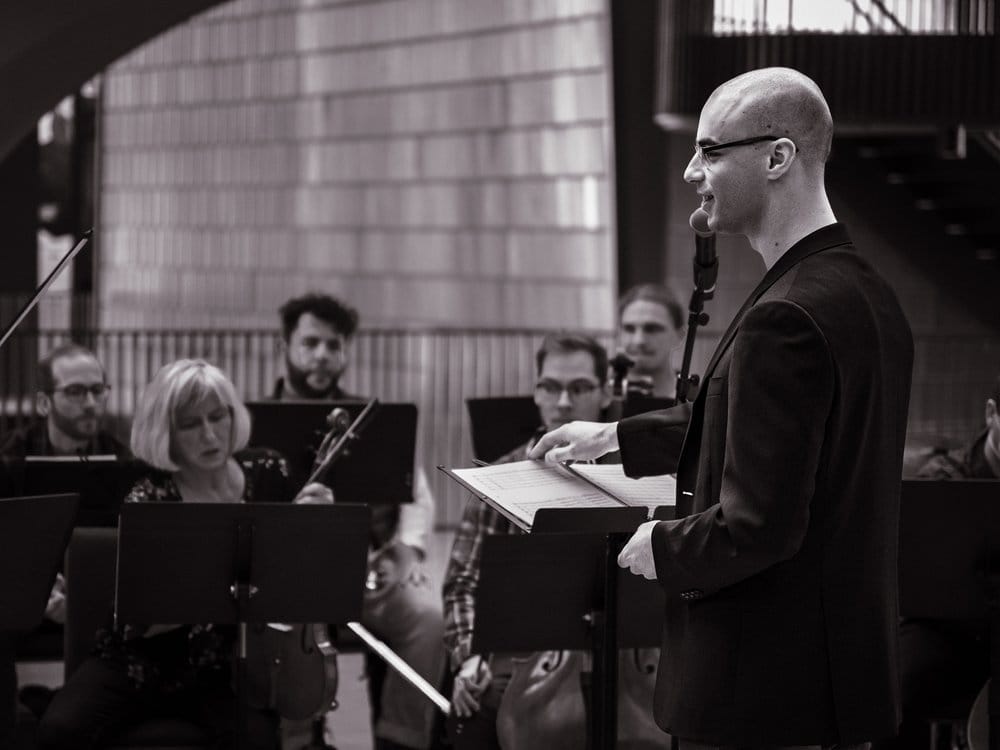
Are you familiar with 12-tone music? Zero is C and I translated the tattoo numbers into their numerical counterparts, and I found that they created a kind of perfect call and response in an A minor blues scale. Given the relationship between the people and their tattoos, I thought, "Wow, that's profound and interesting to explore." And I expanded that into this big piece for chamber orchestra, which is the centerpiece of the EP there.
I took their numbers, that call and response, and used those numbers as a pitch set. So, in that entire piece, the "34902-32407" piece, you only get those six notes that come out through their tattoos throughout the whole thing. I decided to try to get as much human expression out of it as possible because I figured in the camps, the Jews were given their tattoos as a way of saying, "You're not a person, your name doesn't matter anymore, you're just a number, and we will discard you as we wish. We'll do medical experiments on you, we'll take you to the gas chambers, we'll work you to death, whatever it is, but you are just a number now; you're not a person."
So I thought if I could take those numbers and show that even within those numbers, you could get all of these different emotions from joy to sorrow and fear and delight and all these things—I thought if I could take that and get all this expression out of them, then that would be a reclamation of the dehumanization of the tattoos.
And so I did all that before I knew Violins of Hope existed; I just had it on my shelf. And then, when Violins of Hope came to town and they had the exhibit up, I applied with this project. I was like, "Oh my goodness, I couldn't have planned for this better."
Lawrence: That's beautiful. Tell me a little bit about the process of applying. Violins of Hope visits somewhere and then says, “If you'd like to collaborate with these instruments, tell us what you’ve got.”—there's a call for submissions process?
Daniel: Yes, there was a call for submissions, and I was very familiar with the National Music Centre because I had worked there before as an educator. I'd run field trips and tours and stuff, so I just knew what's going on there a lot, and I have people there. So I had the external impetus of me being like, "I'm going to apply," and then the internal of people I'd worked with said, "This is here, and you should apply. You have that project." And I was like, "Yes."
I also work admin for the Calgary Philharmonic Orchestra, and they did a concert with the Violins of Hope while in town, too. So they surrounded me on all sides for the period that they were in Calgary. It was surrounding me and all over the place. I had a clear vision of what I wanted, and I was experienced with the setting and the instruments, just from all of my musical work in the city.
The Auschwitz Violin
Lawrence: I'm curious about the instruments themselves. Could you give us a little insight into the collection’s breadth, and did you use a subset? And if so, how did you choose what to use? Did the instruments call you in any particular way, or was it just in service of the music you had written?
Daniel: The collection has as many instruments as they can find and restore and many that they can’t or intentionally don't restore. So, there's a playable section and an unplayable collection in there. Some of that is just due to quality—despite the history of the instruments, like this instrument may have been through the camps and had all this history, but it's a student violin that's just not worth performing or recording with, unfortunately. And then other times, it's more of a historical monument.
There's one violin specifically that was taken by a Jewish violin player in Germany to a luthier in the 1930s to be repaired, and unbeknownst to the Jewish musician who took it in, the luthier, while repairing it, drew a swastika on the inside and dated it and wrote "Heil Hitler." And then, when this violin was found after the war and donated to the collection, it was donated under the condition that it was not fixed or repaired so that that kind of violation would be historically preserved.
As a Jewish musician, I was unaware that many of the camps had orchestras and that a way for some of the Jewish inmates to survive was by performing in these camp orchestras. So, a good chunk of the instruments we have come from those camp orchestras. Many have stories of people who could never touch them again if they made it through. One in particular that we used on the recording was the Auschwitz violin, performed in one of the Auschwitz camp orchestras. The story is that in the time after the liberation of the camp, someone working for one of the relief agencies ran into this Jewish inmate who stumbled out of the camp with the violin and said, "I've been playing this to stay alive while my friends and family were marched to their deaths, and I just can't look at it anymore, and I never want to see a violin again," and just pawned it off for whatever he could get as soon as he could.
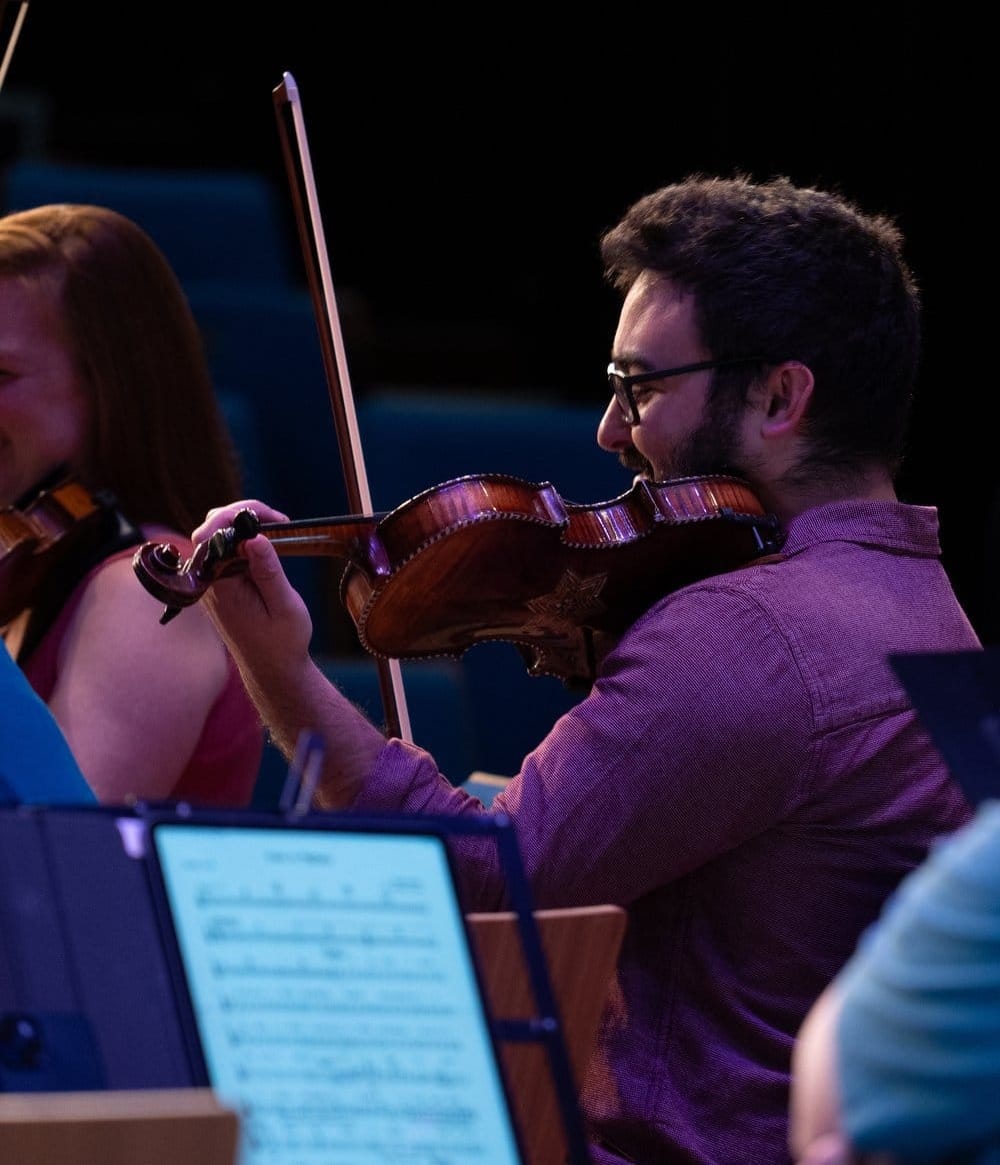
Lawrence: There's that element of an incredible impulse to stay alive and survive, but also the enormity of what—I couldn’t even begin to categorize the emotions, guilt or mourning, or just the profundity of it all. Real people held these and went through real experiences. How do the human stories manifest for you, or do you have to not think about it—is it too much to think about?
Daniel: It was a little bit of column A, a little bit of column B, just because our time with the instruments was limited. We had one week to rehearse, record, and get in and out. And I had organized this whole chamber orchestra. So we had the strings, but then we also had saxophones, brass, drum kit, and stuff that were not part of the Violins of Hope collection.
It was a lot of me running rehearsals and trying to be as musically attentive as possible while also trying to dig into the soul of things. The curator of the collection was not on site when we were recording, but I did have a meeting with him beforehand, and he sat down with me and was like, "These are the violins that you probably want to record with because they're the highest quality, but the players can choose." It was a lot of the people side, the organizing side, and the musical side. It was a big week, and it's something that I had to unpack mostly afterward.
Lawrence: You're just in accomplish-the-mission mode. Were there any instruments, or was there an instrument that connected specifically for you, either its story or the aura of the instrument, or did you not have that luxury given everything you just said?
Daniel: I think there were a couple that I was quite intrigued by, and the Auschwitz violin was a big one because I think that just encapsulates the kind of point of the collection so well. And then, in the exhibit, this wasn't a violin that we could play, but there was a child's violin with no strings or anything. It was accompanied by a photo, which we're not sure if it's the photo of the child who had the violin. Still, it was an example of these situations where in the ghettos, where they exiled a lot of the Jews before they sent them to the camps, kids would just pretend to play their little child-size violins because the strings would have broken. They wouldn't have anything to repair or replace them with, or they'd put shoelace strings on, and they would pretend to play for entertainment. The story with the violin was that this belonged to a young boy in this ghetto who would pretend to play for the entertainment of his peers and his parents. That was a pretty moving story for me.
Composition in a Teacup
Lawrence: I know you talked about it a little earlier, but how did you arrive at using the tattoo numbers? It's such a beautiful and elegant idea. How did that come to you?
Daniel: I think just a way of processing my feelings after reading the book. I was looking for a way to do that and to honor and memorialize the victims while also coming to terms with my history and my feelings about things. I was at the keyboard trying to figure out how to do this.
I had a memory of one of my composition courses in school, and I was never a fan of atonal music or post-tonal theory or any of that. It never really clicked for me. Not to say that it won't, but it hasn’t happened so far. But the idea of taking real-world elements and translating them into music—I remembered a composition class where this girl showed some of her ideas and was like, "Oh, I have these ideas, but I'm not quite sure where to take them." And our professor, Allan Gordon Bell, a Juno award-winning composer, was like, "Oh, what were you doing when you wrote this idea down?"
This girl said, "Oh, I was drinking tea." And then Professor Bell, in the most professorial way I’d ever seen, went to the chalkboard and said, "Okay, let's say the dimensions of a traditional teacup are such and such. And if we apply those numbers to your idea, we can develop a form of a first theme of so many bars focusing on these intervals," and then he sketched out a whole world out of the idea that this girl was drinking tea.
I thought back to that and thought, “Okay, if I can turn these numbers into music, the most direct way would be to take the numbers and put them against a 12-tone scale." And then when I found the relationship they shared, the tattoos, I was like, "Dang, this works."
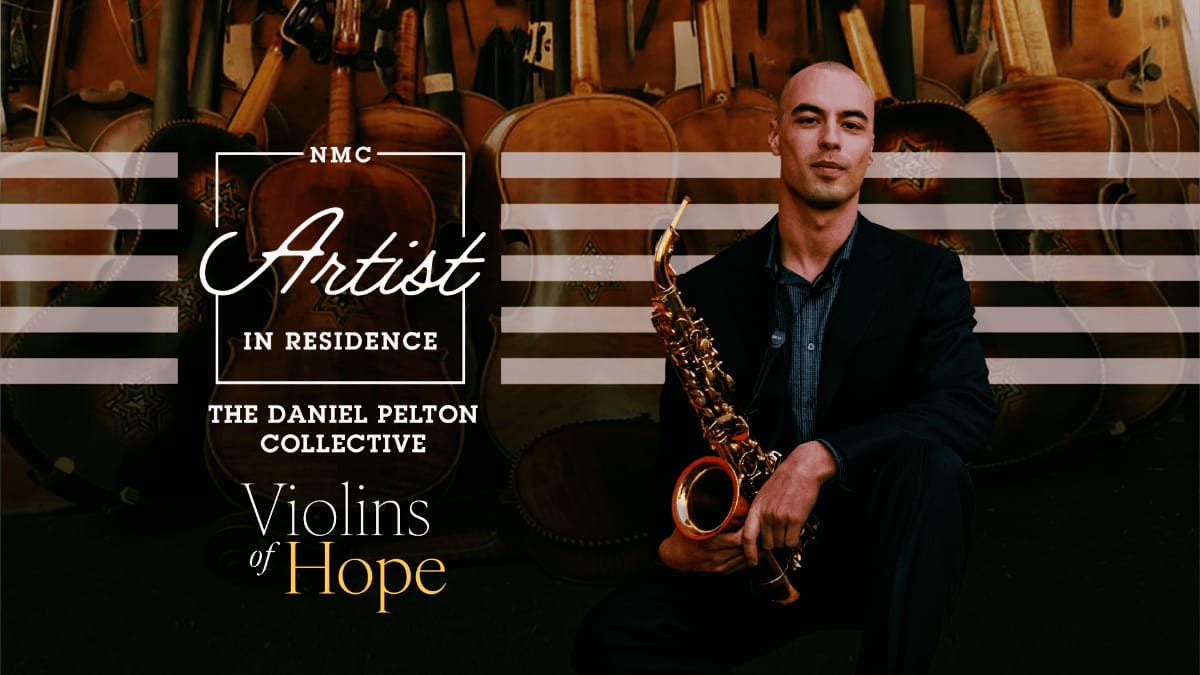
Lawrence: The example about the teacup is interesting. There's something generative about it, almost algorithmic. The professor could have asked her ten different questions, a hundred different questions, but that one just worked for that particular piece. It's an advanced artistic insight.
I'm curious about the choices of musical language throughout these three pieces.
Daniel: I'm a saxophone player by trade. So just by necessity of getting jobs, I'm probably more familiar with the jazz world than the classical one. And I probably enjoy listening to jazz day-to-day more than listening to classical music. Not that I don't enjoy classical music, and also my experience in school, not because of any of my professors or anything—I had great teachers—but just because the classical repertoire for saxophone is so esoteric and intentionally antagonistic to the listeners.
Lawrence: Give me some examples. When you say antagonistic, what do you mean?
Daniel: The saxophone was invented in the 1800s and didn't come to the fore until the early twentieth century when you had ragtime and jazz taking off. And so it found its place there.
But in terms of classical repertoire, Beethoven is dead, Mozart is dead, and Bach is long dead. There's no classical repertoire for the sax. So it's in the atonal music, which I don't really like. So the repertoire is almost entirely modern-day composers or twentieth-century composers trying to prove that tonality is not necessary. It all feels like a science experiment, which has its moments, but much of the contemporary saxophone repertoire is built to prove a point against the tonal hierarchy, which is annoying.
Lawrence: Tell me more about your choices then. You lack a long tradition of music for the instrument in classical music, and where it does emerge is in music that doesn't necessarily speak to you. So, that leads you to the jazz idiom?
Daniel: My big musical hero, my number one, far and above anyone else, is Frank Zappa. Growing up, listening to his music and having him as a guiding light for how I want to perform and how I want to write—nothing was off limits for Zappa, whether it was stadium rock shows, contemporary orchestral music, or just random noise or whatever it is, he would do it, and he would happily do it.
That was in all of my music. I'm never like, "Oh, this is a string quartet, so I'm not allowed to swing, or I can't put a solo in, or I can't do—" I've never felt like just because this is this thing, I'm not allowed to do that thing. And especially in the modern day, when we have access to not only classical versus jazz, but also Bollywood music or Raga music, and we know about Imperial Japanese court music now—we have all these resources that the Bachs and the Mozarts of the world didn't have. I think it would be a shame not to explore all of that.
Your music should be a reflection of what you're into, probably. And so I listen to all these things, which end up in my music. Why would I only be able to find human expression in classical music or only be able to find human expression in jazz music? It's everywhere. And so I should demonstrate that by having elements of these musical cultures and idioms in here.
Lawrence: The Zappa influence is very interesting. When I was listening to your piece this morning, I realized when I read the biographical information and you mentioned Zappa, it made me think that there is more klezmer in his music than I realized. And I was thinking about "Let's Make the Water Turn Black." I don't know why it never occurred to me before to think of that.
When you think about Frank's impact on you, can you summarize it?
Daniel: I think the biggest one for me might come from his live approach—the way he does live shows. The composition stuff is also really important, but I think I've played many live shows and many different settings, whether it's with my little rock bands, big jazz bands, or my chamber orchestra stuff.
And Frank always prioritized entertainment, like half of his albums at least are live albums. His music was so dense and so technical a lot of the time, and he even quoted Stravinsky and Ives all the time, but he'd do it in a stadium rock show, and people would go nuts for it in a way that they never do in an orchestral concert hall.
At the end of almost all of his live albums, you hear him say, "It's been lovely working for you this evening," where his paradigm is like, people are paying for a show, give them a show above all else, make sure that they go home feeling like they had a good time.
And that's all of the silly comedic bits, and that's all of the virtuosic stuff played and rehearsed well. And it's all of the fun little bits in between. And I think much of the classical music world and the jazz world now, as stuff goes into the universities, becomes very stuck into what it is so that it can be taught for what it is.
And then people get stuck in this loop of playing music taught to them by their professors for people who also went to class with their professors. And then they join an ensemble of their professors to play to their students. It becomes just this circle, and new ears never get in there.
So I think the idea of "This is for real people of all kinds, and we want to entertain them and give everybody something to hold on to. We want to give them an avenue to get in here easily." And that can be jokes, that can be little plays, that can be funny costumes, or it can just be music played well.
Purchase Violins of Hope by The Daniel Pelton Collective from Bandcamp or Qobuz and listen on your streaming platform of choice. Learn more about the Violins of Hope project at violins-of-hope.com.
Check out more like this:
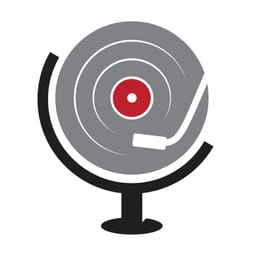 The TonearmLawrence Peryer
The TonearmLawrence Peryer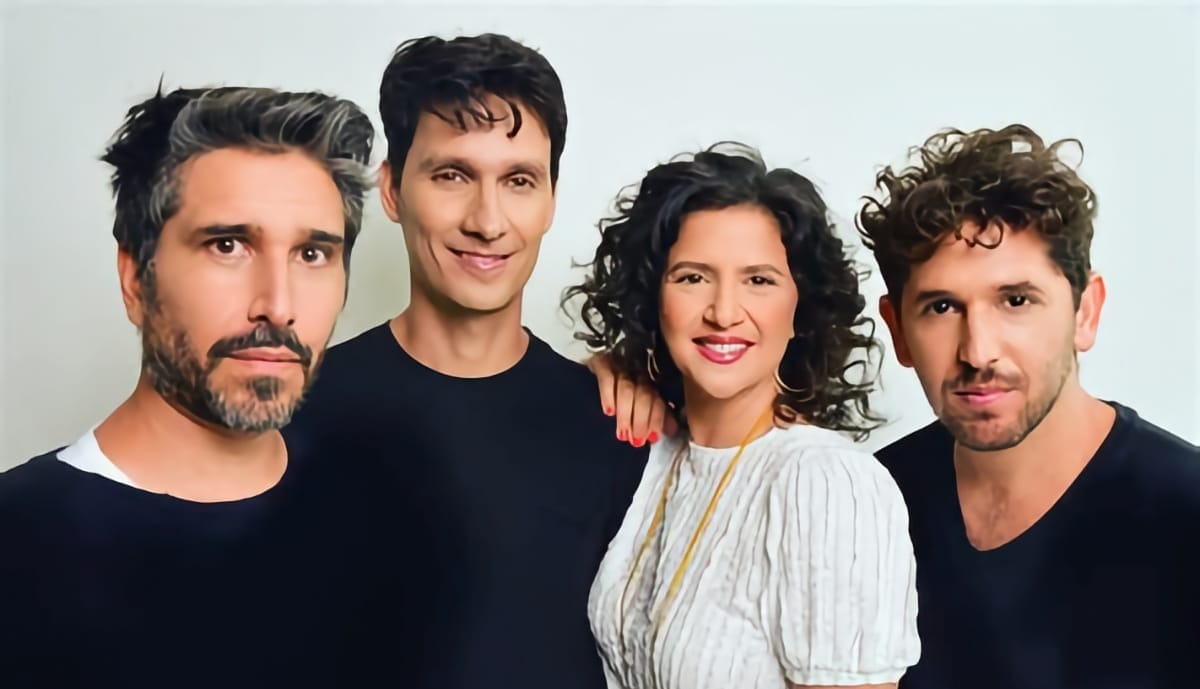
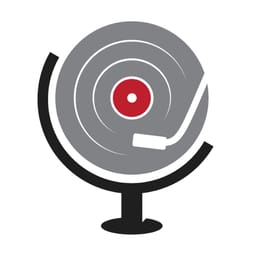 The TonearmLawrence Peryer
The TonearmLawrence Peryer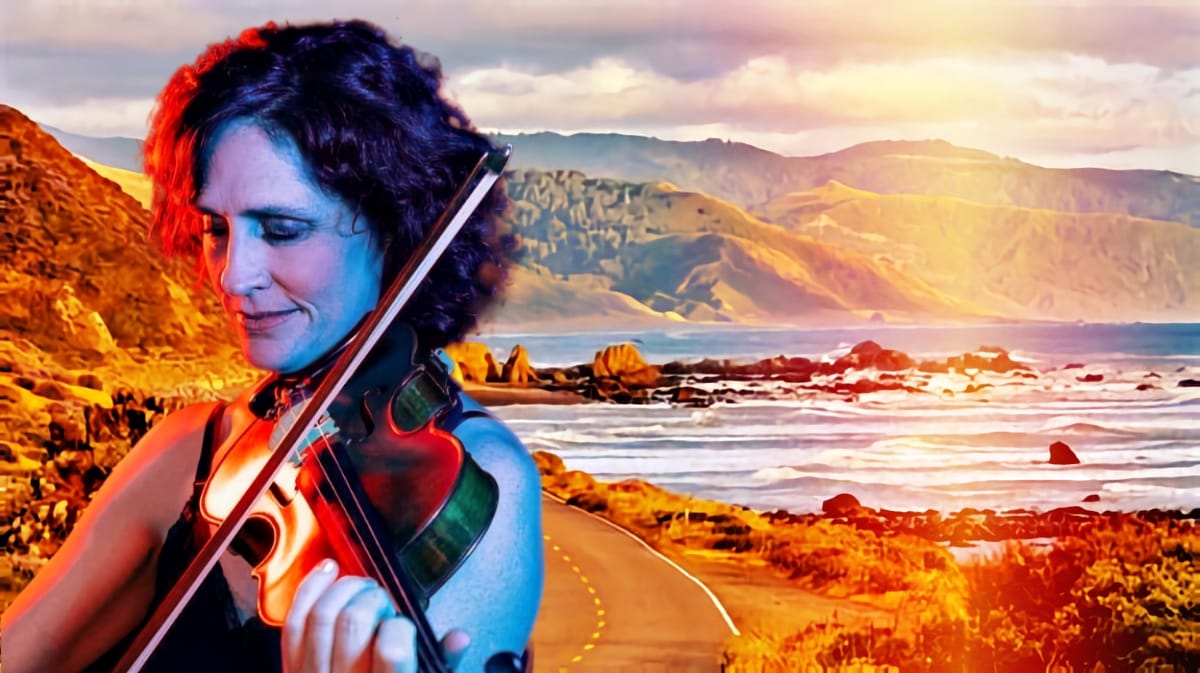


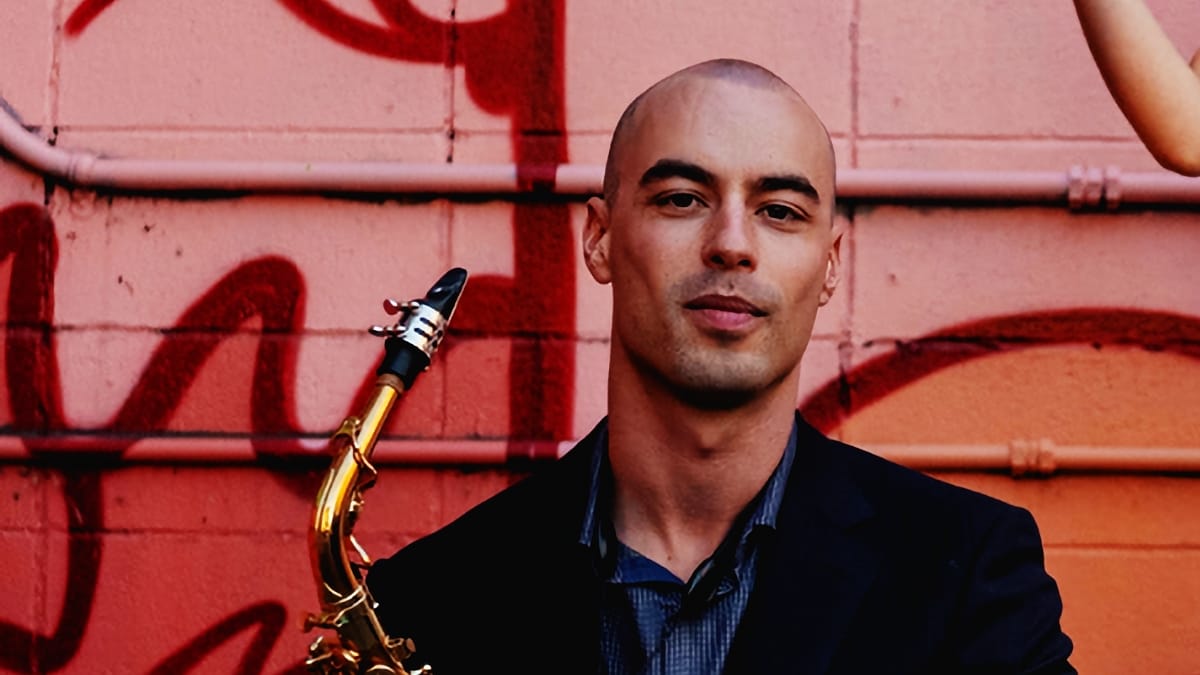

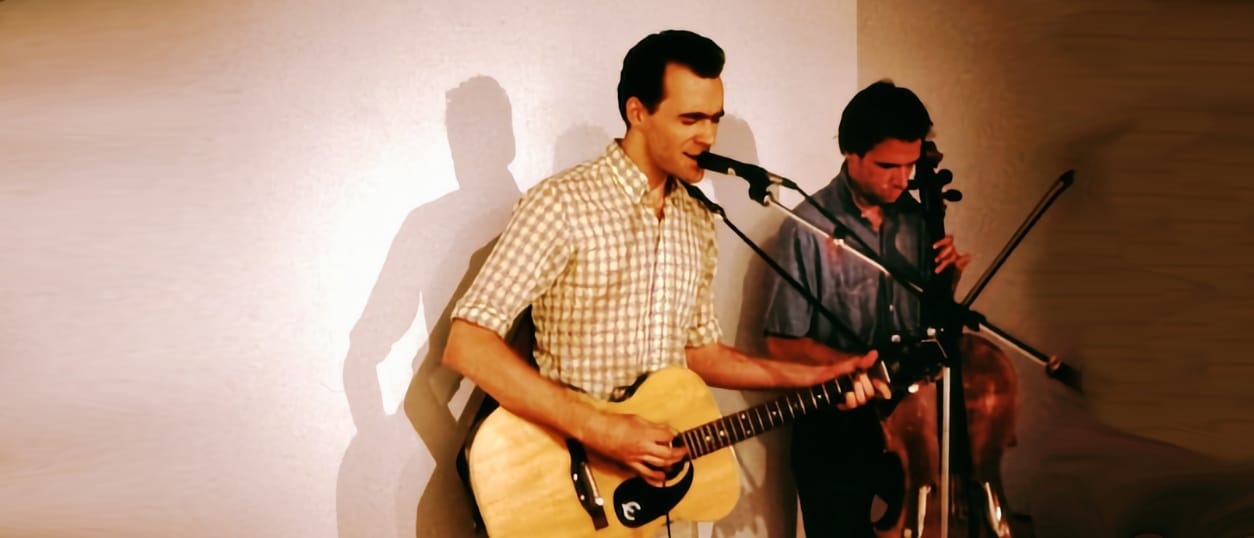
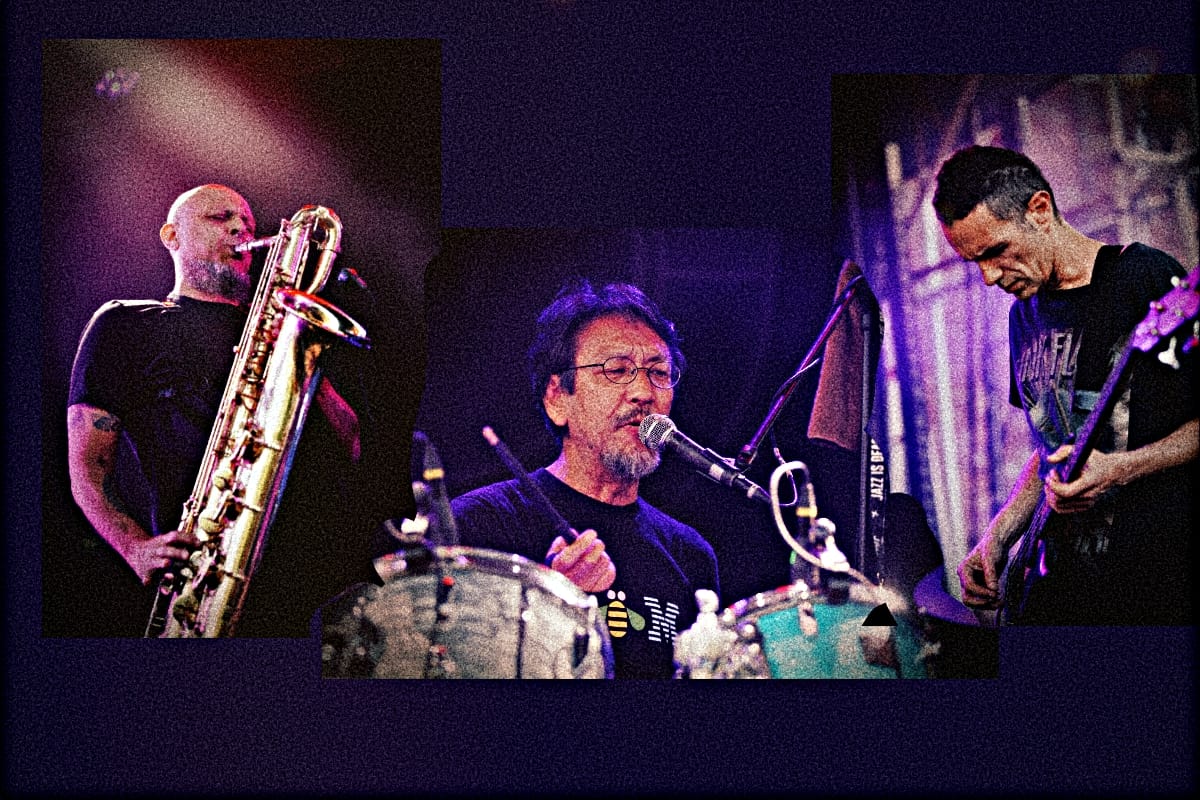

Comments